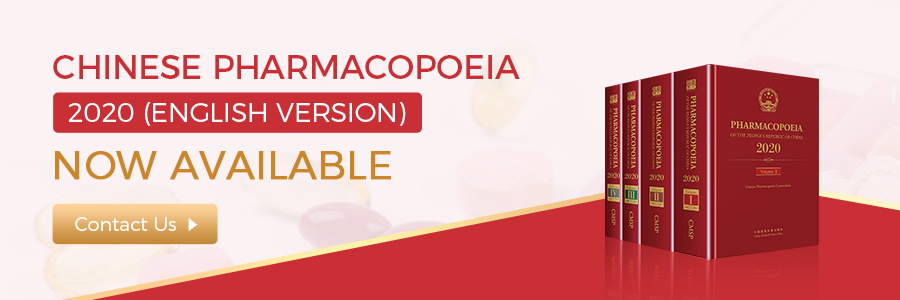On May 12, Chinese Pharmacopoeia Commission unveiled 10 corrigenda for the Chinese Pharmacopoeia (ChP) 2020. The first nine corrigenda are about traditional Chinese medicines, and the tenth item is a correction to the chemical structure depiction of the impurity C18H21N3O2S in Raberazole Sodium.
Impurity III: C18H21N3O2S 2-[[4-(3-methoxypropoxy)-3-methylpyridin-2-yl]methylsulfanyl]-1H-benzimidazole | |
Original | Correction |
|
|
Chinese Pharmacopoeia is a compilation of drug standards. It provides the legal basis for drug manufacturing, supply, use, and supervision. The latest version of Chinese Pharmacopoeia is ChP 2020, which came into effect on Dec. 30, 2020.
ChP 2020 consists of four volumes, covering 5,911 medical products and 361 general technical requirements.
ChP Volume | Category | Number | |
Volume I | Traditional Chinese medicines | 2,711 | |
Volume II | Chemical drugs | 2,712 | |
Volume III | Biologic products | 153 | |
Volume IV | General technical requirements | General requirements for preparations | 38 |
Testing methods and other requirements | 281 | ||
Guidelines | 42 | ||
Pharmaceutical excipients | 335 | ||
Companies seeking drug marketing authorization in China shall obey the ChP standards or higher standards. Since ChP requirements is mandatory to pharmaceutical companies, the ChP corrigenda has been notified by Chinese Pharmacopoeia Commission to the medical product administrations of provinces, autonomous regions, and municipalities directly under the Central Government, to inform the local pharma enterprises and relevant institutions.











